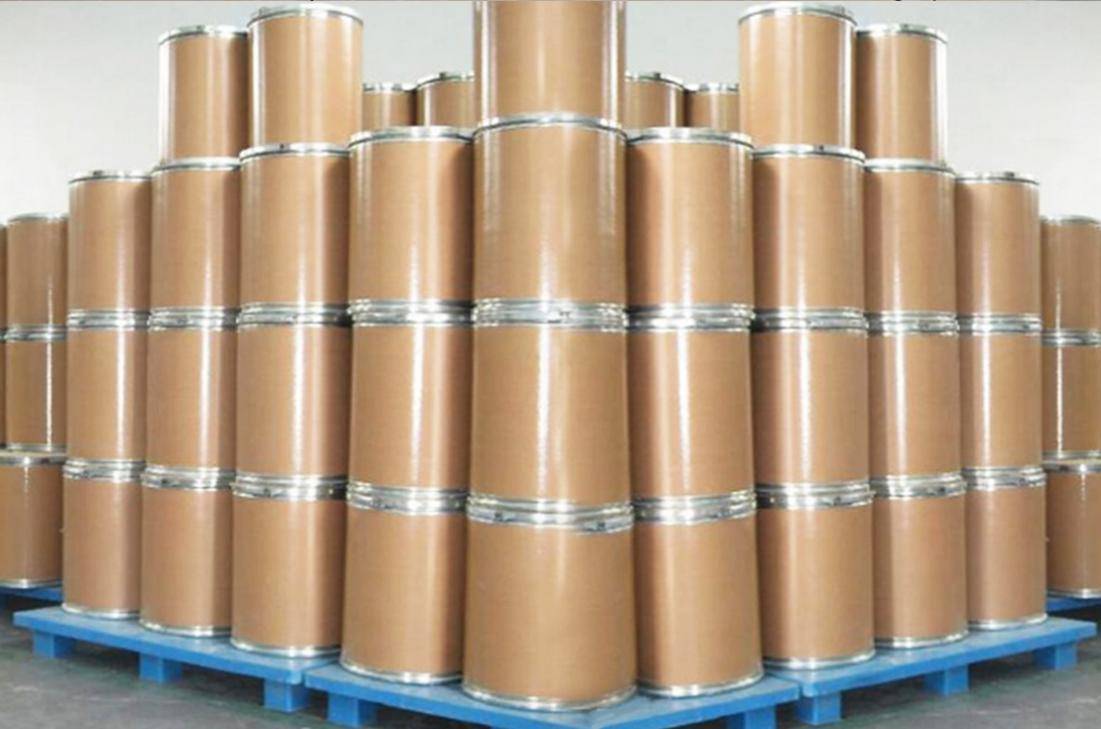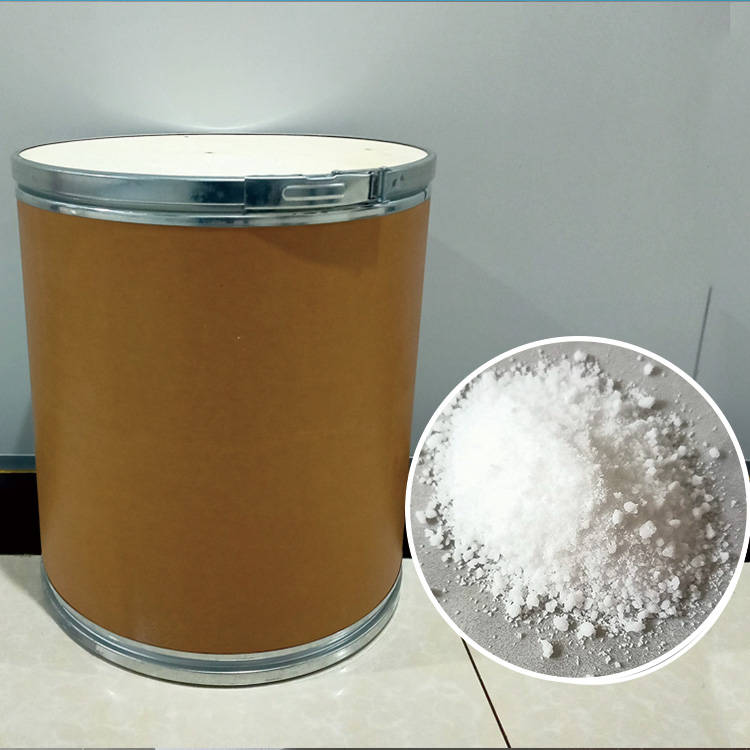3-Morpholinopropanesulfonic acid, abbreviated as MOPS, is an amphoteric buffer reagent commonly used in biochemistry and molecular biology. MOPS itself belongs to Good’s buffers and can be used not only as a buffer system for cell culture media, but also as a common buffer for electrophoresis and protein purification chromatography.
What experiments can MOPS be used for?
1. as a running buffer in electrophoresis and for protein purification in chromatography.
2. formulated into a variety of agar media for the culture of bacteria, yeast and mammalian cells. However, concentrations above 20 mM are not recommended for mammalian cells.
3. used as a lysis buffer for E. coli cells.
4. as an eluent in gel filtration chromatography.
5. applied to Northern hybridization, as a buffer for the separation of RNA and during membrane transfer.
6. applied to the determination of diquinolinecarboxylic acid (BCA).
7. for electron transfer and phosphorylation studies of chloroplast thin-layer preparations.




